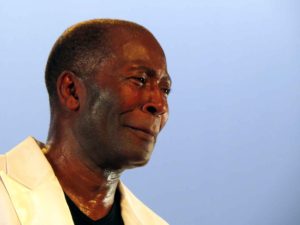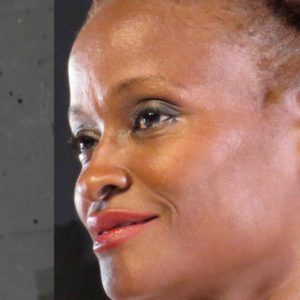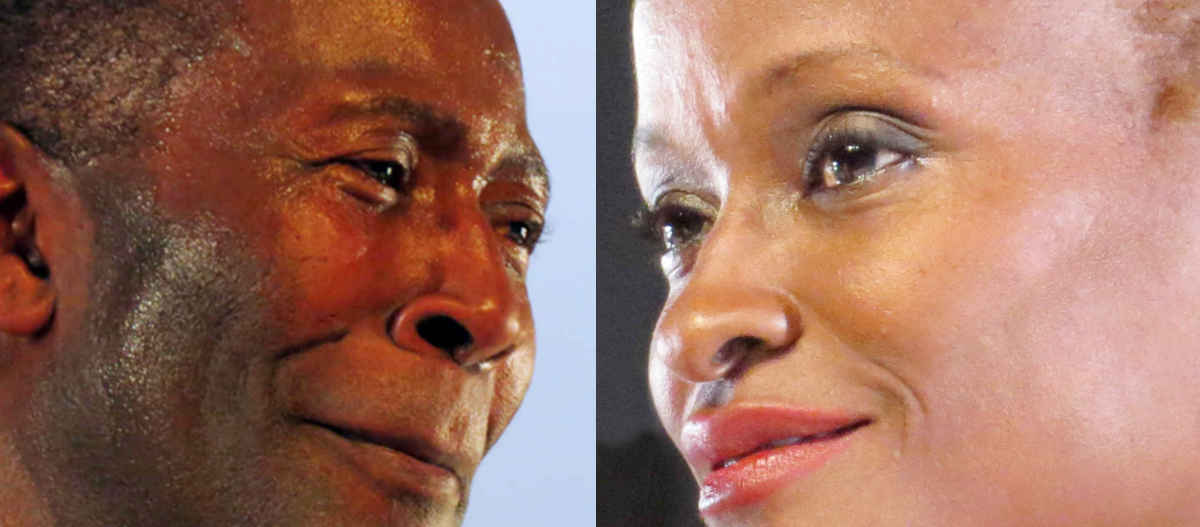I love words. Words are at the core of what I do, both as an English teacher and as a writer. Words endure. But words have their limitations. So, besides words, what? I think about this frequently as I work with my photography, but it is something that is refreshed from another perspective when I am brought to think about dance.
Fragile, ephemeral magic
There are two things that attract me about dance. The first is the way dance can make a magic that words cannot match. The second is the fragile, ephemeral nature of dance.

Writing is one of the most permanent of art forms. There are buildings and cave paintings that are older, but The Epic of Gilgamesh dates from about 2000 BC. Four thousand years is a good long time for an art form to endure. However, dance – dance takes place and is gone.
Almost my whole experience of dance is from the perspective of an audience. I don’t really suppose the dancer’s concept of his or her dance is nearly as ephemeral as the audience’s experience of it. Dancers build on years of training and focused preparation. I’m told they can reproduce their performances (with minor variations depending on the situation) for many years. But it still comes down to a physical memory encompassed by an individual or a group of individuals. And when those individuals pass, so passes the memory of the performance.
These thoughts are sparked by having been to see two modern dance performances as part of the recent Gothenburg Dance and Theatre Festival (GDTF), but they are ideas I have been turning over for many years. Dance, as I say, is an art form I know mostly as a spectator. A natural clumsiness coupled with a poor sense of balance and a sad tendency to try to think things through gets in the way of dancing for me.
Ring-dance
Although, not always. There was a time in Finland when my wife and I took part in a regular ring-dance class run by a friend. Karelian, Russian and Balkan dances taught in Finnish. I quickly gave up on the instructions and tried instead to follow the movements of the people either side of me and listen to the music, and I managed creditably. My wife, who was studying Finnish, concentrated on the instructions. She kept getting out of step or turning the wrong way.
This experience reinforces my feeling that dance and language walk beside one another but are not alternatives. You can’t dance a thesis!
Well, actually you can. There’s an annual challenge called “Dance your PhD”, and there have been some striking interpretations of the most abstruse subjects.
However, generally speaking, dance is a means by which something is communicated that is other than whatever we do with words.
Coming back to the GDTF, the two dance performances I enjoyed were Un tango avec le Baron and tauberbach. And now I’m going to try to do what I really don’t think is possible and tell you in words what they were about.
Voodoo ritual and schizophrenia

In Un tango avec le Baron, two dancers (Koffi Kôkô and Kettly Noël) presented a surreal performance. It seemed based on a mix of voodoo ritual, dances from around the Caribbean, spirit possession and West African dance. (And there was a tango in there too.) There wasn’t a narrative. I don’t think there was a resolution, though there was a kind of conclusion. I think anyone looking for a story would have been disappointed, but anyone open to the beauty and power of physical movement and rhythm would, like me, have come away with a head full of images and ideas that they would then spend hours trying, and failing, to put into words.
The second dance, tauberbach, was performed by Les Ballet C de la B. This one had a story, At least, the programme described it as based on a documentary film about a woman who lives on a rubbish tip. The music of Bach was also relevant – in some cases performed by choirs of deaf singers. On a stage completely covered with second-hand clothes the performers danced out a representation of schizophrenia in a world obsessed and possessed by things. There was great humour too, pain, desire, violence, joy. But once again the performance went to a place I have great difficulty believing words could describe. Or at least could describe as well, as economically, as powerfully.
Where words cannot go
I don’t know. Maybe modern dance is not your thing. Most of the audience gave tauberbach a standing ovation but one man a couple of seats from me stayed grimly seated, arms folded. As we were leaving I heard him mutter something about “an hour and a half of crap”. But you can’t reach all the people all the time.
Dance can go where words cannot. Though I love words, I love too that there are other art forms beside words. Not least because, however clumsily I do it, they give me subjects to write about.
This article was written for the #Blogg52 challenge.
I originally published this article on the separate At the Quill website. Transferred here with a little polishing for SEO and a new featured image 16 June 2017.


Compared to writing, dancing is difficult. I think. My husband thinks dancing is quite easy while writing is an enormous effort. Imagine being able to do both …
Ah yes, imagine being able to do both! But at the same time isn’t it glorious that there are so many different modes of expression for all the various types of people we are? And isn’t it good that even if we may not be able to practice them all, we have the capacity to appreciate them?
Well, most of parts of them – thinking of the chap in the audience who I’m sure didn’t come because he hates dance as such.
Dans är vackert och medryckande. Jag undrar om koreografin skrivs ner? Och finns det ett språk för det sin musiken har sitt eget språk och alfabetet (noter)? Spännande ämne
Ja, det finns flera skriftspråk för dans… and now I’m going to go over to English, sorry!
Dance notation is about 300 years old, it seems, though the notations used today only go back to the later 1800s. Consequently I’m not sure if anyone now can actually interpret with certainty any of the notation that relates to Baroque dance. (And incidentally, when I was writing this article I learned that there are Sumerian tablets that appear to contain musical notations – which would make musical notation as old as writing – except nobody knows how to interpret them, and probably no one ever will.)
As I understand it, dance notation is more of an aid to memory. The notes are not used as words or musical notation are used – people who can read dance notation may be able to feel how to dance a piece from reading the notation, but it’s not as straightforward as reading words on a page in silence, or hearing music in silence as you read a score. And I don’t think it’s possible to choreograph a dance on paper as it’s possible (I’m told) to compose music.
But I have to say I’m writing from profound ignorance here.
Jag älskar både ord och dans, även om jag sysslar mest med ord nuförtiden.
Kram Kim
Tack Kim.
Kram!